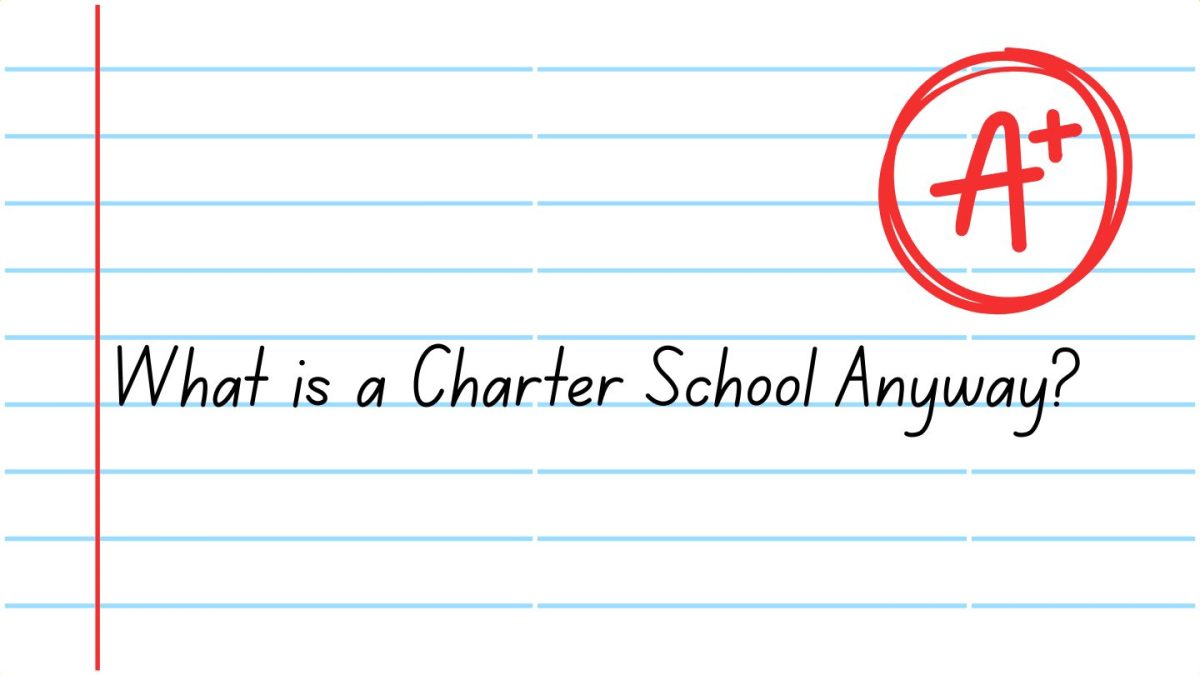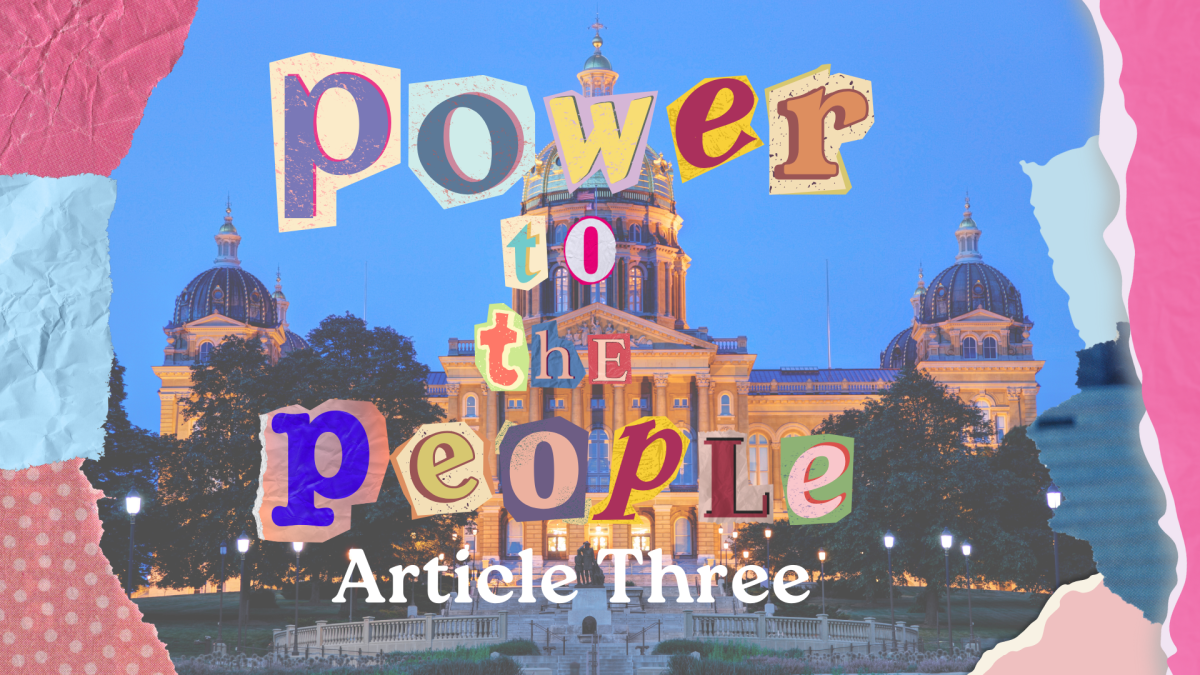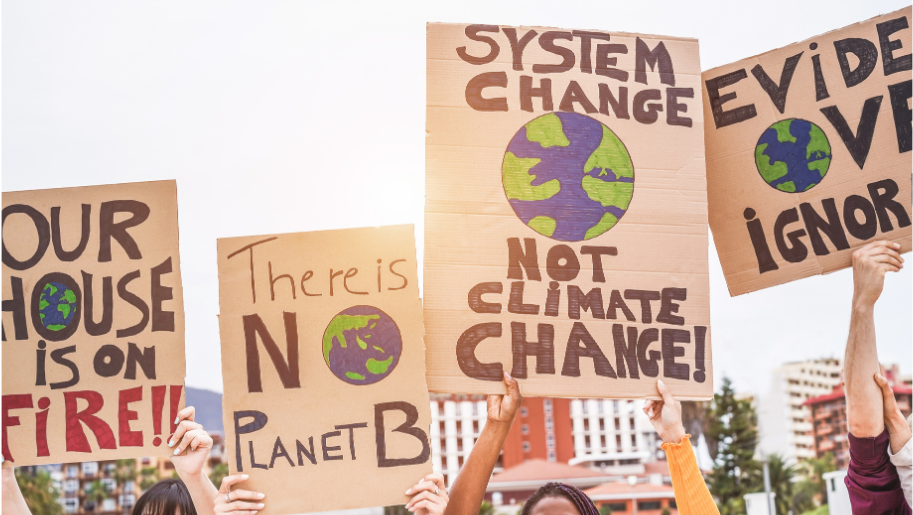Discussion of opening the iPad filter has been postponed until the iPad rollout is officially complete.
“We know it will be a conversation we have to have, but we don’t know yet for sure,” Ann Wiley technical coordinator said. “We want to make sure all the academic things are working before we open up the other things.”
One of those “other things” that has been talked about being opened is YouTube. Although students can use it for personal things rather than actual class, YouTube can be very beneficial in a higher education.
“We’re looking at having our own YouTube channel,” Wiley said. “That means that we post our own things to the channel.”
Teachers would have the ability to post videos to the Johnston High School channel and students could find specific videos that teachers wanted them to view for class.
Another controversy that comes along with YouTube is availability of bandwidth.
Bandwidth is the transmission capacity of an electronic communications device or system.
“Streaming videos is a big topic and the reason is because it takes up so much bandwidth,” Wiley said. “On day two, when just the seniors had [iPads], we were spiking our top end of being full and when we went on to look (what caused the spike) it was all YouTube.”
After the spiking incident it was clear that the bandwidth couldn’t handle YouTube, which was why YouTube was blocked soon after.
“Since we took out the streaming, we haven’t peeked,” Wiley said.
Before the iPads had been implemented, the school tried to prepare for things like streaming videos.
“Our bandwidth is huge compared to other schools,” Wiley said. “We increased it by 20 times.”
There has been no set date for the end of the iPad rollout or the beginning of the filter discussion.






